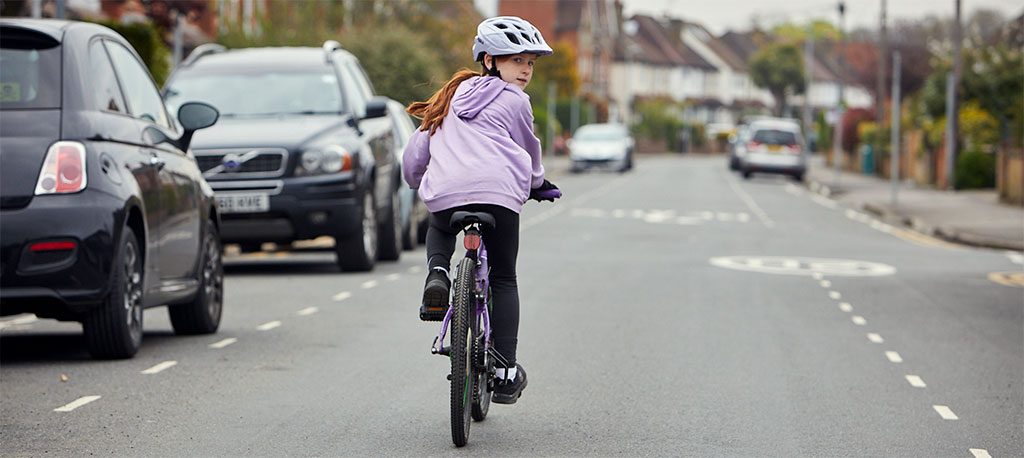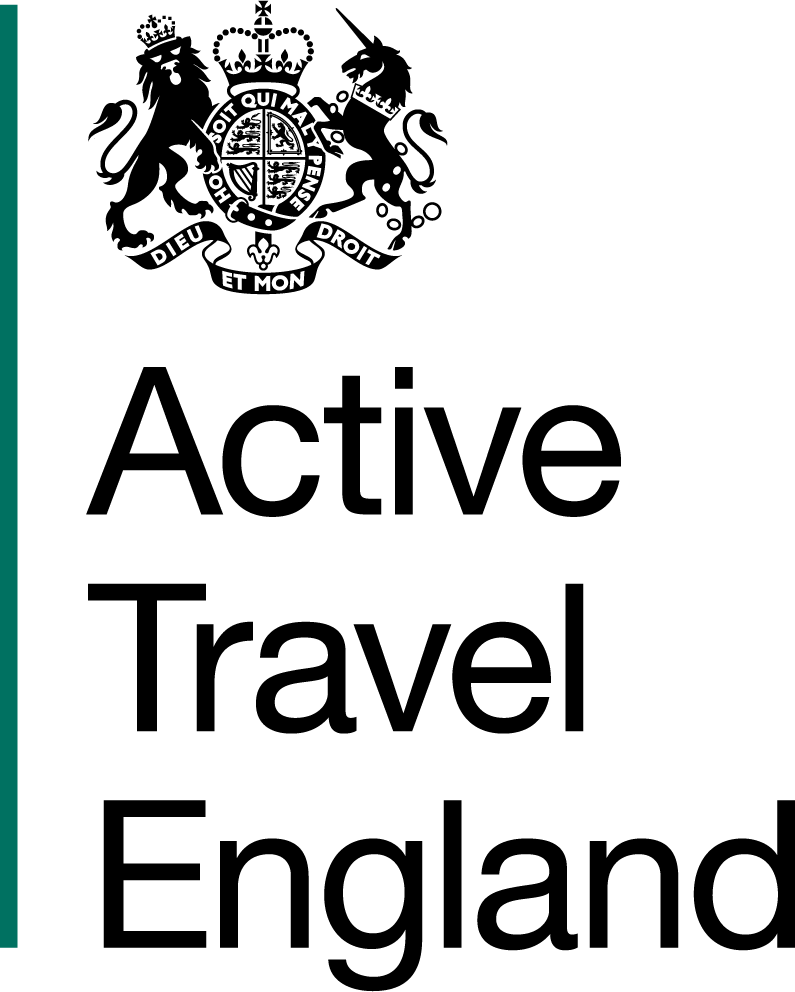3.6.4 Observation: Being aware of surroundings and the actions of others
When teaching younger children, it may be useful to describe the key skills as follows:
- Observation: Where do you need to look?
- Position: Where do you need to be?
- Communication: Who do you need to tell?
- Priorities: Who needs to go first?
The language you use may change, but the key skills stay the same.
Looking properly helps you to see what’s there so you can make an informed decision.
- Scan the ground and surface ahead for potholes, wet drain covers, black ice, debris and other hazards.
- Watch where you’re going and what’s around you by looking ahead, alongside you, and behind (this allows you to see and anticipate any potential hazards or movements by others).
- Carry out checks behind, whenever you are about to turn or change your position.
- See what others are doing – are other road users or parked cars about to move?
- If possible, make eye contact with others such as with drivers, cyclists and pedestrians (who you should take particular care around). Looking at them can also help you understand if they have seen you.
- Look out for signals, signs and markings.
- Check around corners and, when on the road, look down roads you are passing.
- Check between high-sided vehicles or things that block your view when you pass them.


